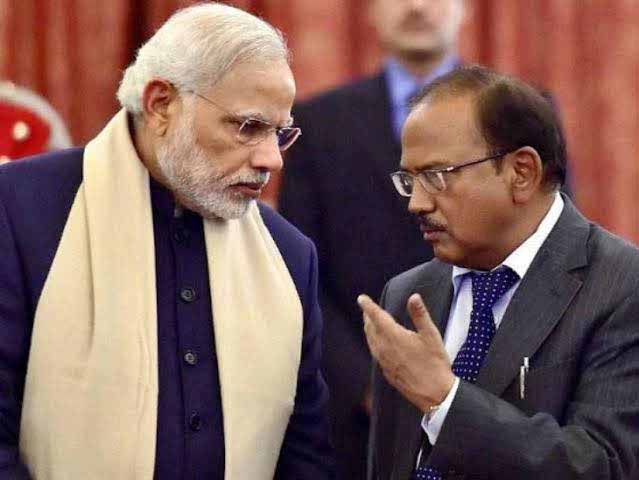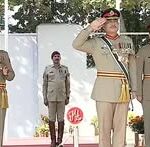
Online Desk: India, apart from its very carefully curated glitzy and ‘shining’ image, has been quietly sulking at the loss of its status internationally, consequent to its brief but humiliating skirmish with Pakistan recently, and the dawning of Indian reality on a pro-Indian American establishment. The US has undoubtedly helped New Delhi in its great power aspirations, ostensibly as a bulwark against a rising China. Whether India ever was and ever will to do the US bidding is another story, the fact remains that Chanakya Kotelia (375 BCE-283 BCE), the Brahmin Hindu sage’s cunning writings on statecraft, to this day guide Indian policy formulation.
However, India can become a great power in terms of GDP by the middle of the Century, but not necessarily a superpower. The unpalatable two-front scenario of war with a much stronger China and an agile Pakistan; the baggage of Hindu nationalism, tearing its secular fabric apart; and the country’s ‘illiberal pivot’ would sap its potential and keep undermining its power aspirations.
During the Cold War, India’s economic indicators were short of its inherent potential. Its GDP grew around 3.5 per cent annually between 1950 and 1980. Its GDP growth averaged at 5.5 per cent during the 1990s. Since then, it has grown at 6.5 per cent annually. It does not equal the Chinese miracle and is not likely to match Beijing’s economic growth rate, before middle of the Century. And that likely parity is dependent on the supposition that India grows at 8 per cent over the next 25 years, while China grows at miniscule 2 per cent. Both unlikely, so India would remain below par to a resurgent China. Hence, if New Delhi wants to restrain China, it needs the West Plus, especially the US, as no other Indo-Pacific powers (Japan or Australia) would be strong enough by 2050 to compensate for the US.
So, those clamouring for an anti-China alliance with New Delhi would be disappointed with India’s economic weakness, its non-aligned proclivities, its aversion to collective defence arrangements, and the limits of its partnership with the US. Indian outlook is guided by its colonial past, where its founding father Jawaharlal Nehru pledged India would never be a ‘camp follower’ of any great power. In alliance framework, India fears constraints that come with such arrangements. In IR parlance, India demonstrates ‘realist’ inclinations, believing only in ‘interest-based’ inter-state interactions, as against ideologically driven relations. In this world, it believes, multipolarity is the natural state and is essential and needed for peace.
Indian thinkers like FM Jaishankar believe India should identify and exploit opportunities created by ‘contradictions’ in the international system to advance its interests. He favours a bipolar order where India can play one pole against the other. It is in this milieu that despite deepening relations with the US, India at times acts to constrain the US power, as discussed. Even on China it aims to maintain a stable relationship that of cooperation wherever possible. It also remains part of non-Western forums like BRICS and SCO.
India is drifting away from its foundations of staunch secularism, constitutionalism, and “jus soli” or birthright to citizenship, as in Assam etc. It increasingly and officially subscribes to the poisonous Hindutva ideology, which relegates India’s 200 million Muslims and 30 million Christians to second class citizenship status. Continuation of this drift would have serious consequences not only for India but also for the world, where ‘Shining India’ would cease to be an ‘exemplar’ of liberal democracy for the global south, for example. An illiberal India would also be less powerful. This combined with ‘moderate economic growth, partnership with all but privileged relations with none’, India’s geostrategic imperatives with China and Pakistan and a hostile neighborhood in SAARC would diminish India’s increasing material strength.
India cannot influence outcomes in East Asia and Middle East; relies on external balancing against a militarily more capable China; is reluctant to closely partner with Washington; and is growing increasingly illiberal. These factors, at odds with the US aspirations, force America under Trump to drift towards a more transactional relationship with New Delhi, which is interest-based and not ideology-driven.
India’s inability to balance against Beijing is already forcing a rethink on the US, questioning continued investment on India, further shrinking Delhi’s great power ambitions.





